When people talk about the traditional food of Ladakh, the first thing that comes to mind is its snow-covered mountains, colorful monasteries, and scenic valleys. But Ladakh is more than a destination for adventure and landscapes—it’s also a treasure of unique cuisine that reflects the region’s culture, traditions, and lifestyle.
Due to Ladakh’s high altitude, cold desert climate, and Tibetan influences, the food here is simple, hearty, and energy-giving. Many dishes use barley, wheat, dairy, and meat—ingredients that keep locals warm and energized in extreme weather. If you are planning a trip to Ladakh, tasting the traditional food of Ladakh is just as important as exploring Pangong Lake or Nubra Valley.
If you’ve been wondering what is the traditional food of Ladakh, this detailed guide from Postifyhub explores 10 must-try dishes that define Ladakh’s culinary heritage.
1. Momos – The Signature Dumplings of Ladakh
👉 If you ask locals what is the traditional food of Ladakh, chances are they’ll name momos first.
Momos are undoubtedly the most loved and recognized dish of Ladakh. Although they trace their roots to Tibet, they’ve become an integral part of Ladakhi cuisine.

- How they’re made: Soft dough pockets filled with minced meat (yak, mutton, or chicken) or vegetables, steamed until tender.
- Why unique in Ladakh? The cold weather demands filling food. Ladakhi momos are thicker and heartier than their counterparts in the plains.
- Best way to enjoy: With fiery red chili chutney or sometimes floating in a hot broth.

2. Thukpa – Ladakh’s Soul-Warming Noodle Soup
If there’s one dish that symbolizes comfort in Ladakh, it’s Thukpa. Originating from Tibet, Thukpa has been adapted to Ladakhi tastes.

- What it is: A steaming hot noodle soup made with vegetables, eggs, or meat.
- Why important: After trekking in icy winds, Thukpa is the perfect way to warm up. The broth is enriched with local herbs, giving it an earthy, distinct flavor.
- Cultural value: Families in Ladakh often share bowls of Thukpa in winter evenings—it’s as much about bonding as it is about food.
3. Skyu – A Traditional Ladakhi Pasta Dish
One of the oldest traditional foods of Ladakh, Skyu is a heavy stew made with handmade wheat dough pasta.
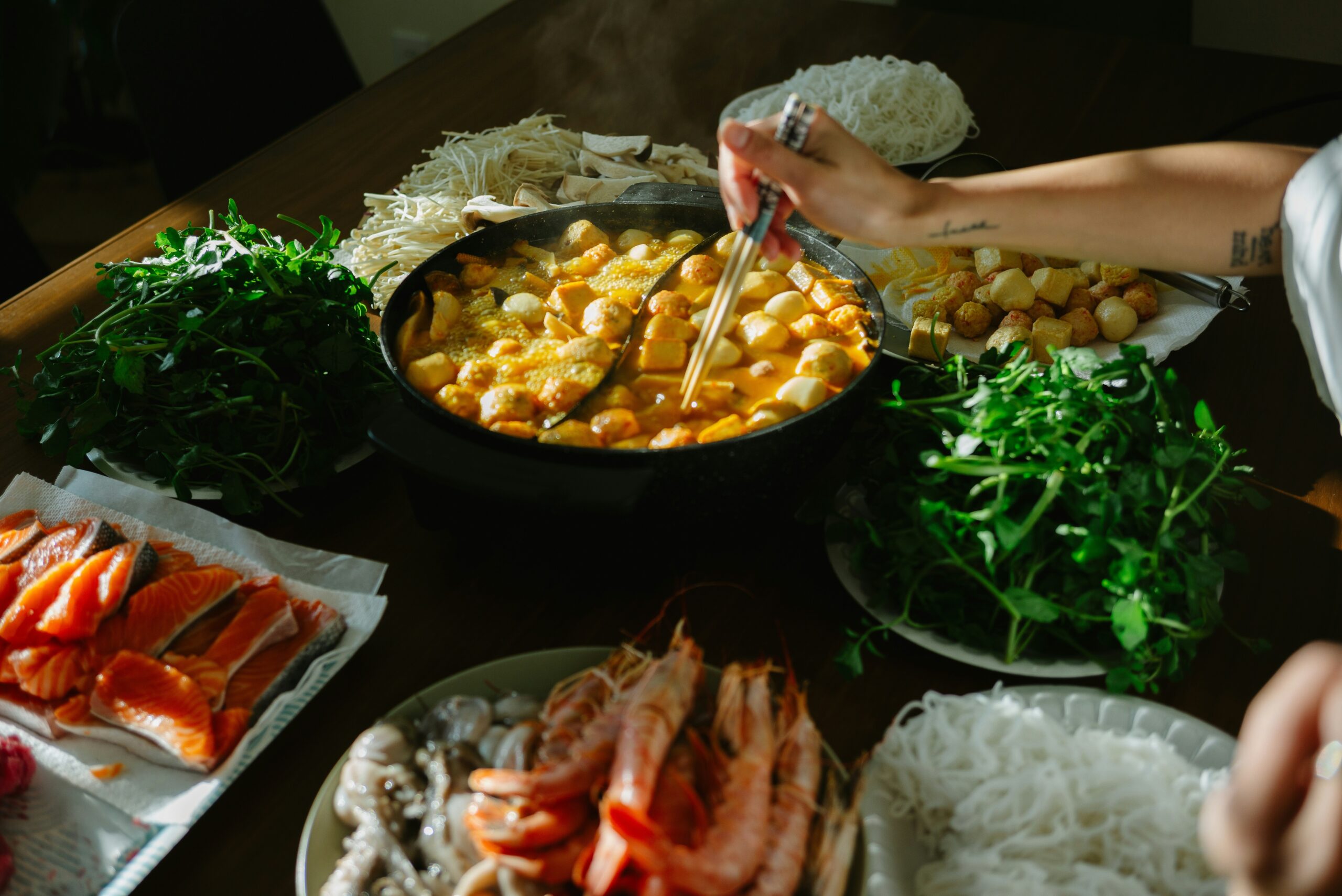
- Preparation: Dough is shaped into thumb-pressed balls and slow-cooked with vegetables or meat in a thick broth.
- Why special: Skyu is high in calories, designed to sustain energy in Ladakh’s freezing climate.
- Local variations: Some families prepare vegetarian Skyu with root vegetables, while others make it richer with yak meat.
Skyu is more than a dish—it’s a representation of Ladakh’s survival instincts through food.
Fun fact:
Skyu has many variations. In some households, it’s made vegetarian with root vegetables like potatoes, carrots, and turnips, while others enrich it with yak meat for added flavor.
4. Khambir – The Ladakhi Brown Bread
Bread lovers will find Khambir fascinating. It is a local whole wheat bread, slightly thick and brown, with a crusty texture.
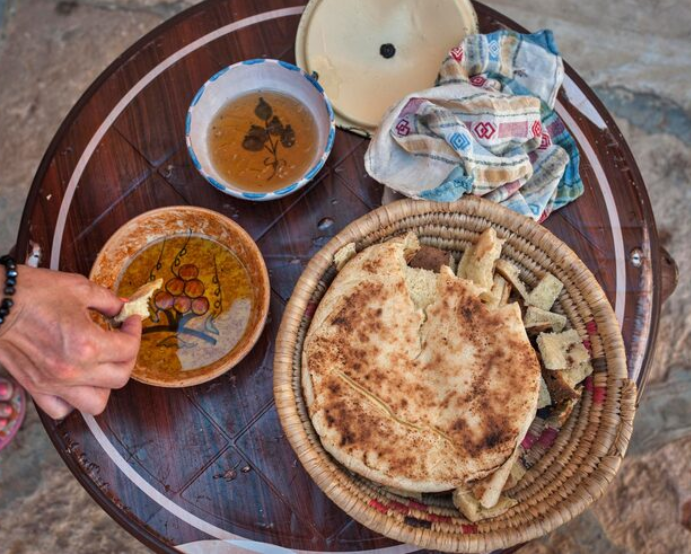
- How is it served?
Khambir is usually eaten for breakfast, served with butter tea or apricot jam. Unlike fluffy breads, Khambir is dense, which makes it perfect for Ladakh’s high-altitude environment, where light food doesn’t provide enough energy. - Cultural value:
Khambir is more than just bread—it’s a household essential, baked in traditional clay ovens and enjoyed fresh every morning.
5. Tingmo – Ladakhi Steamed Bread
While Khambir is baked, Tingmo is Ladakh’s version of steamed bread.
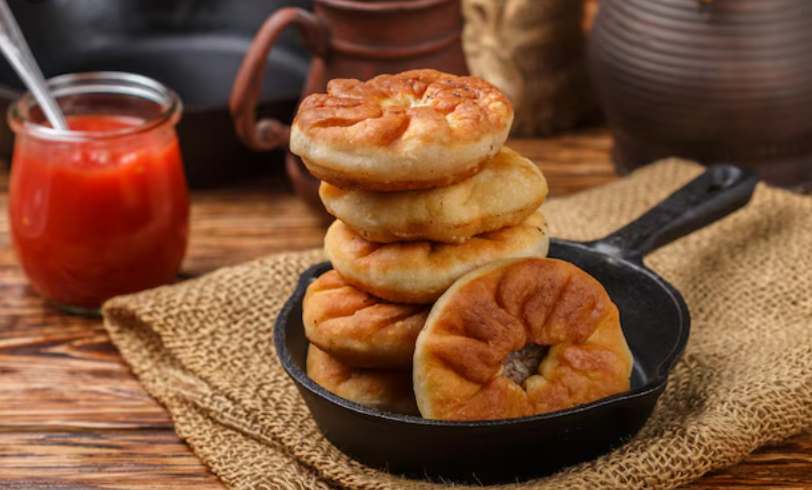
- Appearance:
It looks like a soft, spiral-shaped bun, fluffy and light. - How is it eaten?
Tingmo is usually paired with gravies, meat stews, or lentils. It acts like a sponge, soaking up flavors from the curry.
For travelers, Tingmo is an easy way to taste Ladakhi food since it’s available in almost every local eatery.
6. Paba – The Healthy Barley Flour Dish
Barley is one of the most important crops of Ladakh, and Paba is a dish made entirely from barley flour mixed with roasted peas and sometimes buckwheat.

- Why is it unique?
It’s considered a highly nutritious food, once eaten daily by locals as a staple diet. Traditionally, Paba is served with tangtur (buttermilk mixed with wild vegetables). - Taste profile:
It has a slightly nutty flavor, different from rice or wheat-based foods, and is filling enough to sustain long working days in the cold desert.
7. Chutagi – Ladakhi Bow-Tie Pasta
Another dish worth mentioning is Chutagi, also known as Ladakhi “bow-tie pasta soup.”

- How is it prepared?
Small wheat flour dough pieces are shaped like bow-ties or ears and cooked in a vegetable or meat-based broth. The dish is hearty, often eaten for dinner. - Why try it?
It’s rarely found outside Ladakh, making it a special experience for travelers.
8. Butter Tea (Gur Gur Chai) – Ladakh’s Signature Drink
Food in Ladakh is incomplete without mentioning Butter Tea, also known as Gur Gur Chai.
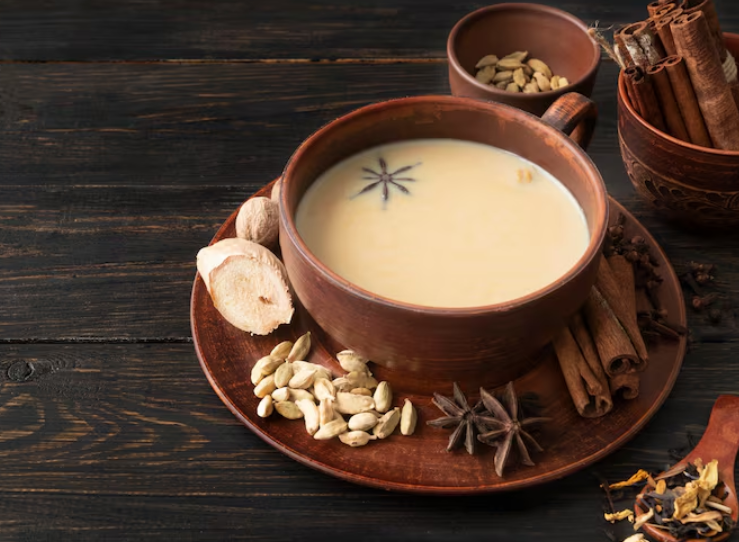
- What is it?
It’s made by churning tea leaves, yak butter, and salt—very different from sweet milk tea. - Why is it important?
In Ladakh’s freezing climate, butter tea provides warmth, hydration, and energy. It also helps prevent dehydration at high altitudes.
Though its salty taste may surprise first-timers, locals sip it all day long.
9. Apricot Jam & Products – The Sweet Side of Ladakh
Ladakh is famous for its apricots, locally called chuli. These are used to make jams, juices, and even dried snacks.

- What makes it special?
Apricot jam is a natural sweet treat often served with Khambir bread. It has no preservatives and is a must-buy souvenir from Ladakh.
10. Chang – The Local Barley Beer
For those who like to explore traditional drinks, Chang is Ladakh’s local alcoholic beverage.
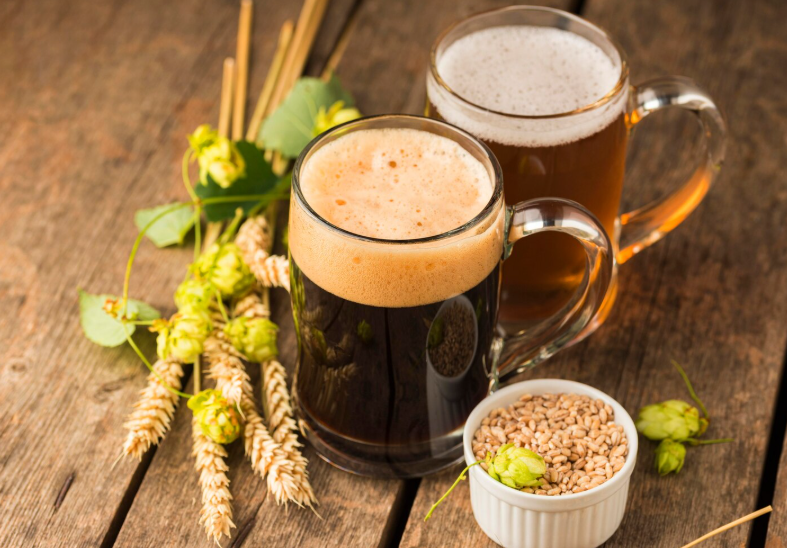
- How is it made?
Fermented barley is brewed into a mild beer, usually served warm in wooden containers. - Where to try it?
Chang is often offered to guests during festivals and celebrations as a symbol of hospitality.
Why Try the Traditional Food of Ladakh?
Ladakhi cuisine is not just about taste—it’s about survival, culture, and community. Each dish tells a story of how locals adapted to the region’s harsh climate with simple yet nutritious ingredients. When you taste Ladakhi food, you are experiencing centuries of tradition.
 Special Recommendation: Rancho Café Sandwich in Ladakh
Special Recommendation: Rancho Café Sandwich in Ladakh
The traditional food of Ladakh is not just about taste—it’s about survival, culture, and community. Each dish tells a story of how locals adapted to the region’s harsh climate with simple yet nutritious ingredients.
When in Ladakh, don’t just stick to the traditional dishes—make sure you stop by Rancho Café, one of the most iconic eateries in Leh. Named after the Bollywood movie 3 Idiots, this café is a favorite among travelers.
The star on their menu is the Rancho Café Sandwich—a perfectly toasted sandwich stuffed with fresh vegetables, cheese, and Ladakhi flavors that make it unique. It’s light, filling, and pairs wonderfully with a hot cup of butter tea or coffee, especially after exploring Leh’s monasteries and markets.
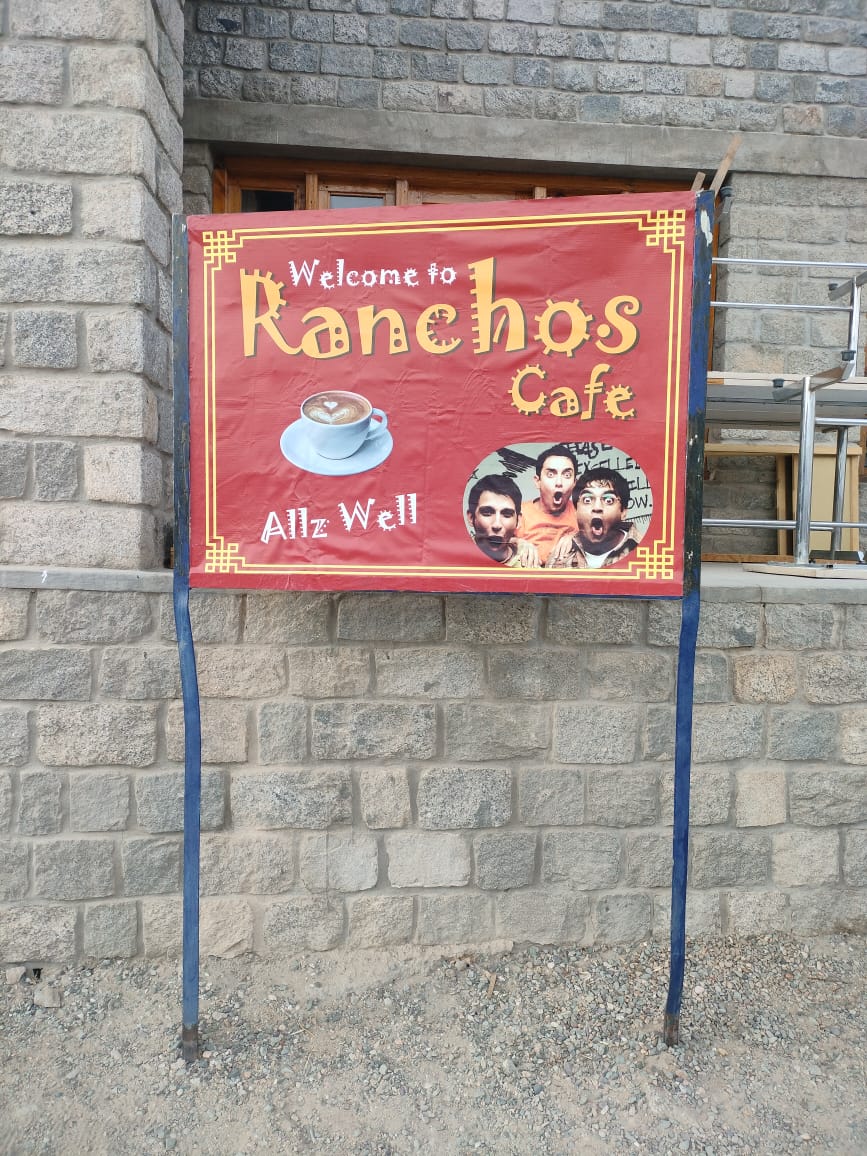
For foodies who want to experience both authentic Ladakhi cuisine and fusion bites with a twist, Rancho Café is a must-visit spot. To plan your trip better, check out our Food & Travel category for authentic recommendations across India.

Final Thoughts
Exploring Ladakh is not just about monasteries or mountain passes—it’s also about tasting the traditional food of Ladakh. From momos and thukpa to khambir and paba, every dish is a reflection of Ladakh’s resilience and culture.
At Postifyhub, we encourage travelers to go beyond sightseeing and dive into the local cuisine. So next time you’re in Ladakh, don’t just capture the landscapes—capture the flavors too.


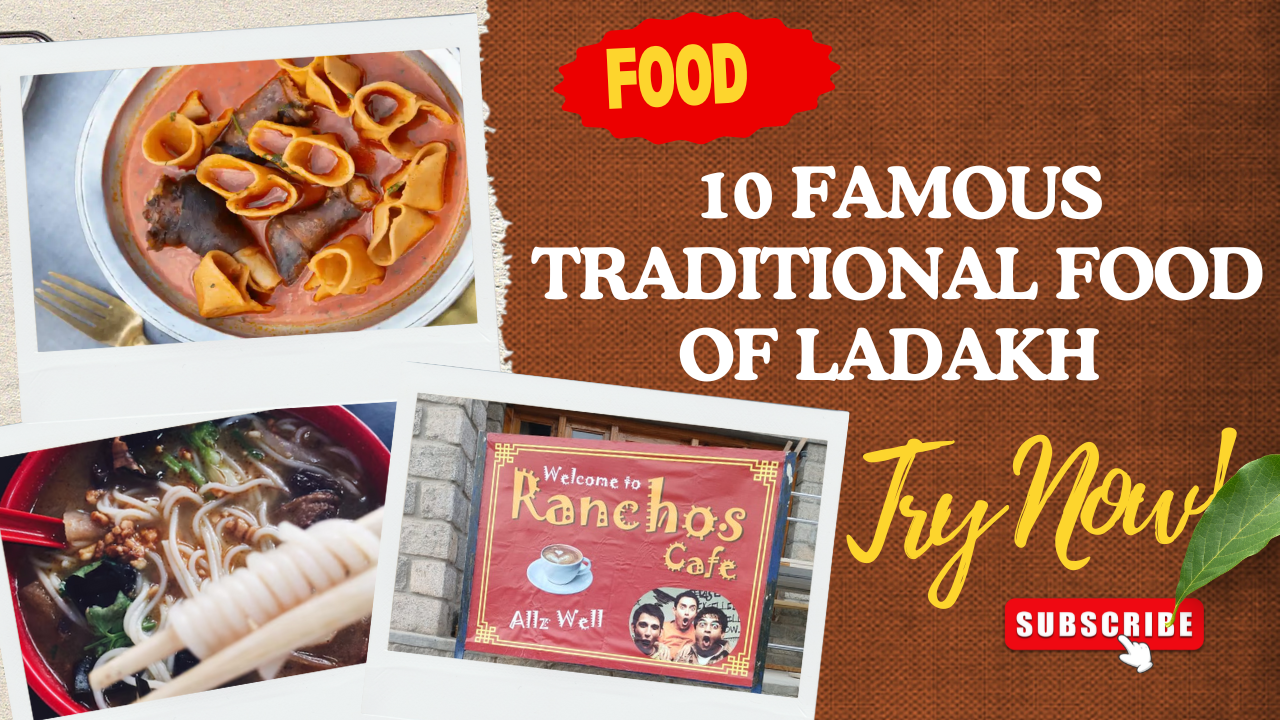










Leave a Reply